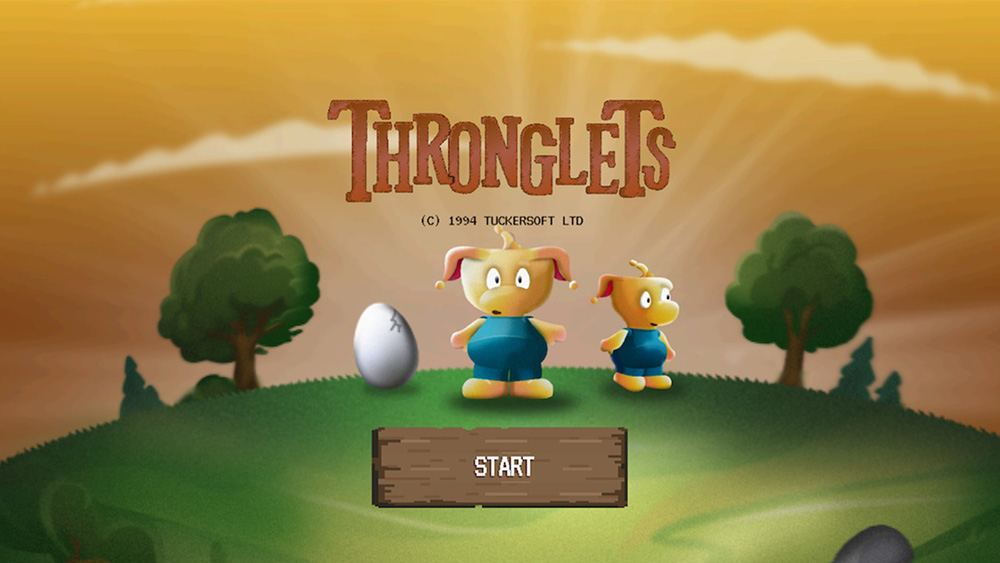
Creating your first NFT can be daunting, and ex-GTA artist Stephen Bliss learned a lot about non-fungible token art and himself while making Fear City. The art for his first self-made project shares some characteristics with Grand Theft Auto, and for good reason – artist Bliss spent 15 years helping to define the look of Rockstars' record-breaking game.
"Some people say that my Fear City artwork is very similar to Grand Theft Auto, but it's me and I kind of bought that style into Rockstar," says illustrator and fine artist Stephen Bliss who tackles any similarities head on. "It's not a style I can shake off. Fear City is exactly what I'm about; it's a style I can't get rid of."
Fear City is exactly what I'm about; it's a style I can't get rid of (Stephen Bliss)
Bliss has, of course, had a broader career than just GTA. He's created solo fine art shows, painted iconic album covers – Massive Attack V Mad Professor – and has created comics, murals, advertising campaigns and collectible film posters. Fear City is his new and self-created project, and that's special.
If you want to follow in Bliss' footsteps and create your first NFT, then take a look at my guide to how to create an NFT for free. You can also catch up on where to sell your NFT in our feature on the best NFT marketplaces and get a complete guide to non-fungible tokens in our feature, What are NFTs?.
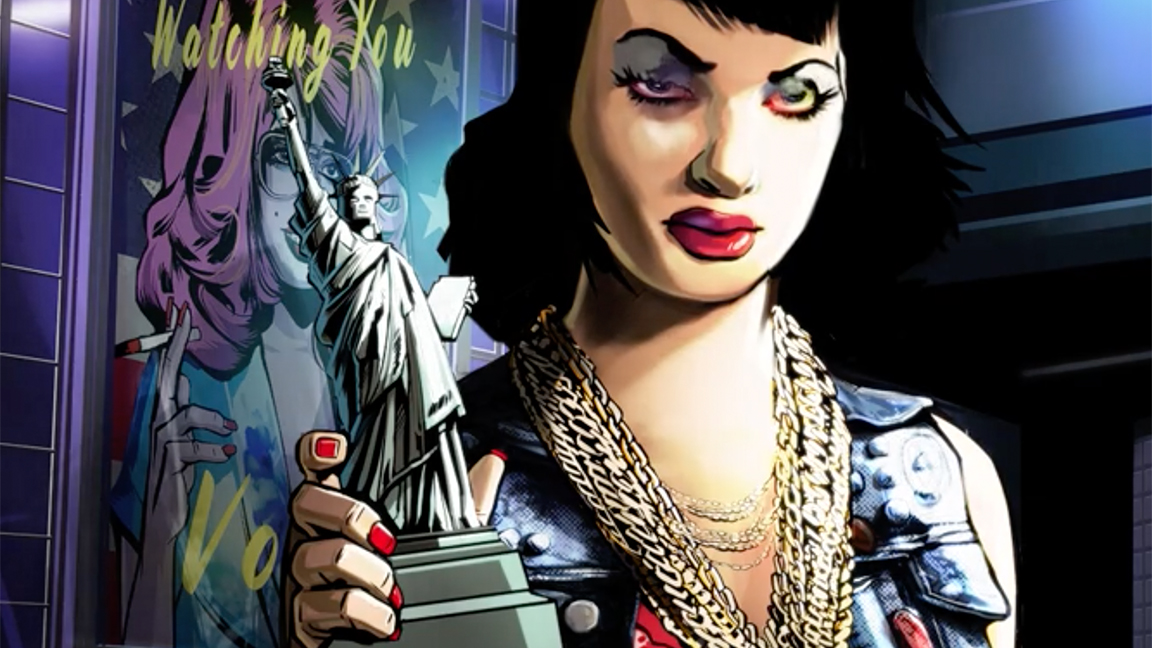
Like GTA, Fear City is a love letter to America, in this case New York City where Bliss lives, but funnelled through the same cynical view that made Rockstars' series a gaming phenomenon. Sat in his New York studio, paintings propped behind him, a forefinger pokes the rim of his yellow tinted glasses, Bliss explains a life of graffiti art, punk rock and The League of Gentlemen makes any English depiction of America absurdist.
Fear City is an NFT project with a big future, and it sold out in 24 hours. The six characters created by Bliss have been turned into 3,333 variations and with a percentage of the money raised from the mint going to fund new projects, owners get a stake in the brand. Bliss has plans for a video game, film, TV series, comic and more. "I'd love to get Jamie Hewlett to draw a version of Fear City," he reveals.
So what did Bliss learn from making his first NFT and the process of creating Fear City? Below I pick from our sit down interview and discover how this experienced artist learned lessons, and how he absolutely sees NFTs as a new art form.
Get the Creative Bloq Newsletter
Daily design news, reviews, how-tos and more, as picked by the editors.
01. NFTs are about owning your work
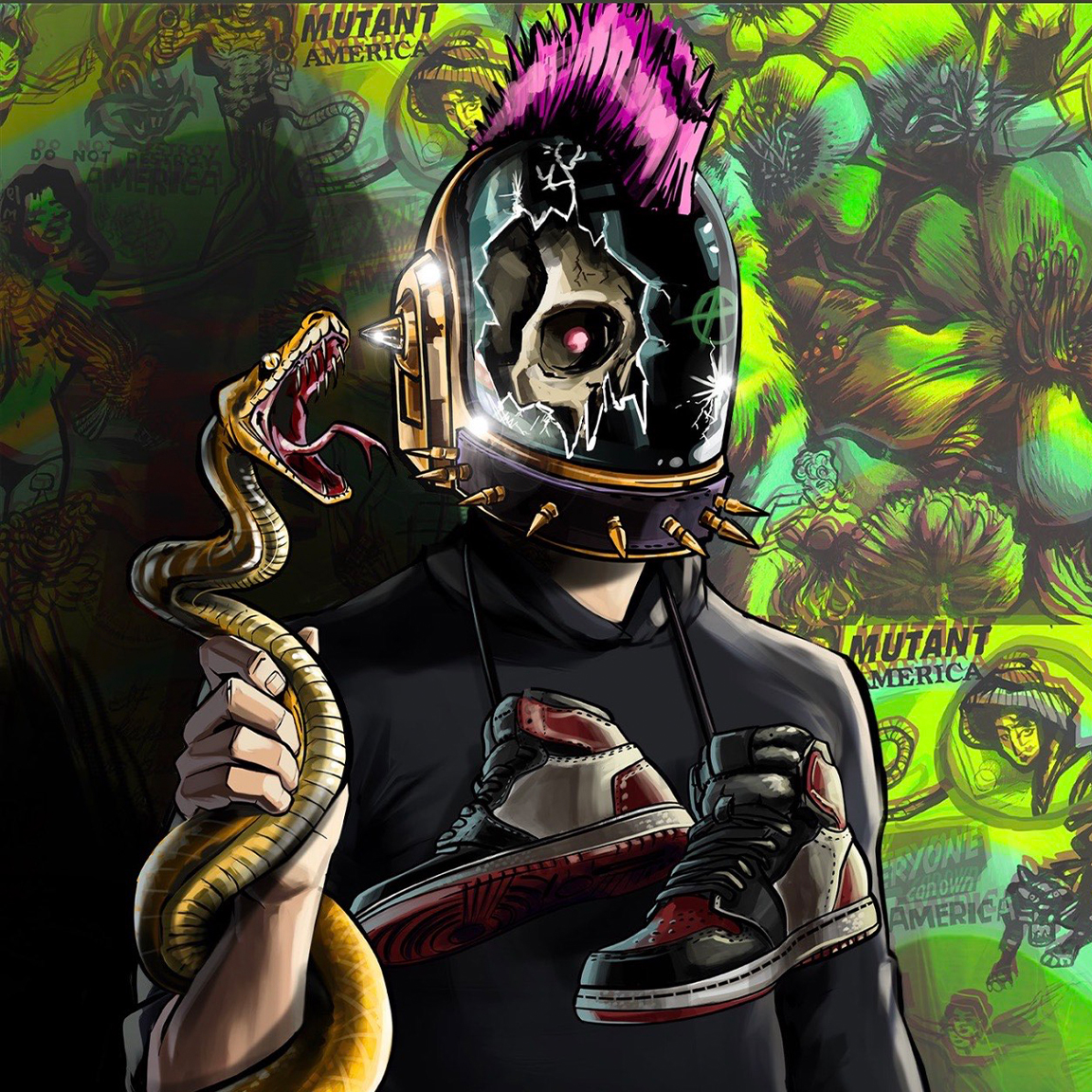
Stephen Bliss tells me his whole life has been working up to creating Fear City, and it's only because of NFTs that he's found a way to turn his dream into a reality. "NFTs are about taking control," says Bliss.
Despite having a long career as a fine artist, showing at galleries around New York City, Los Angeles and London, and as an illustrator on GTA and for other clients, Bliss still says Fear City likely wouldn't happen without NFTs.
He explains: "Being able to say you don't have a boss, and every day I can make up what I want to do… that's a luxurious position to be in. So right now is where I've always wanted to be. It took me 59 years to get here, you know. So I'm glad it all sold out. And I can say, well, I did that."
02. Learn from your mistakes
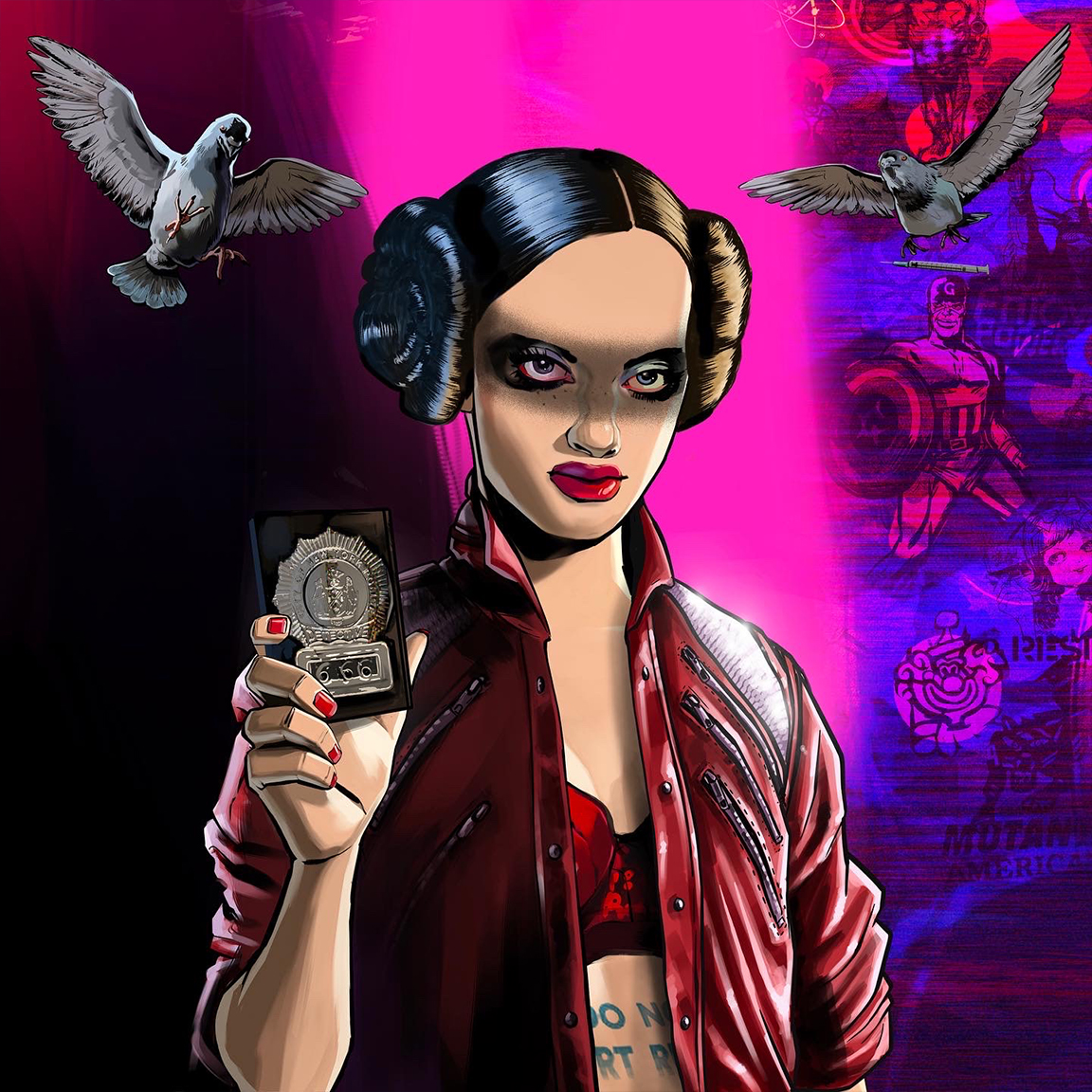
Having created five NFT album covers already for someone else, Bliss initially thought he knew what he was getting into with Fear City, his own IP. "I was so naive that I thought I was going to have to paint every image," laughs the artist with honesty. "Like, I don't know how I thought I was going to do 10,000 paintings, but I certainly tried."
Bliss actually painted 70 characters and had written biographies for each one until it was explained the AI will create the randomised characters. "I stopped making new characters and realised that I had to concentrate on six characters, with all the different traits. I'm glad the way it went. I mean, I've learned a hell of a lot this year and a lot through mistakes […] now I know, as we all do, you learn from failing."
But from a result of this "mistake" Bliss has a fuller depiction of the Fear City universe that he can use for presentations to animation and video gaming studios. "Because I have already invented the whole IP through naivety," he jokes.
03. NFTs are the future of art
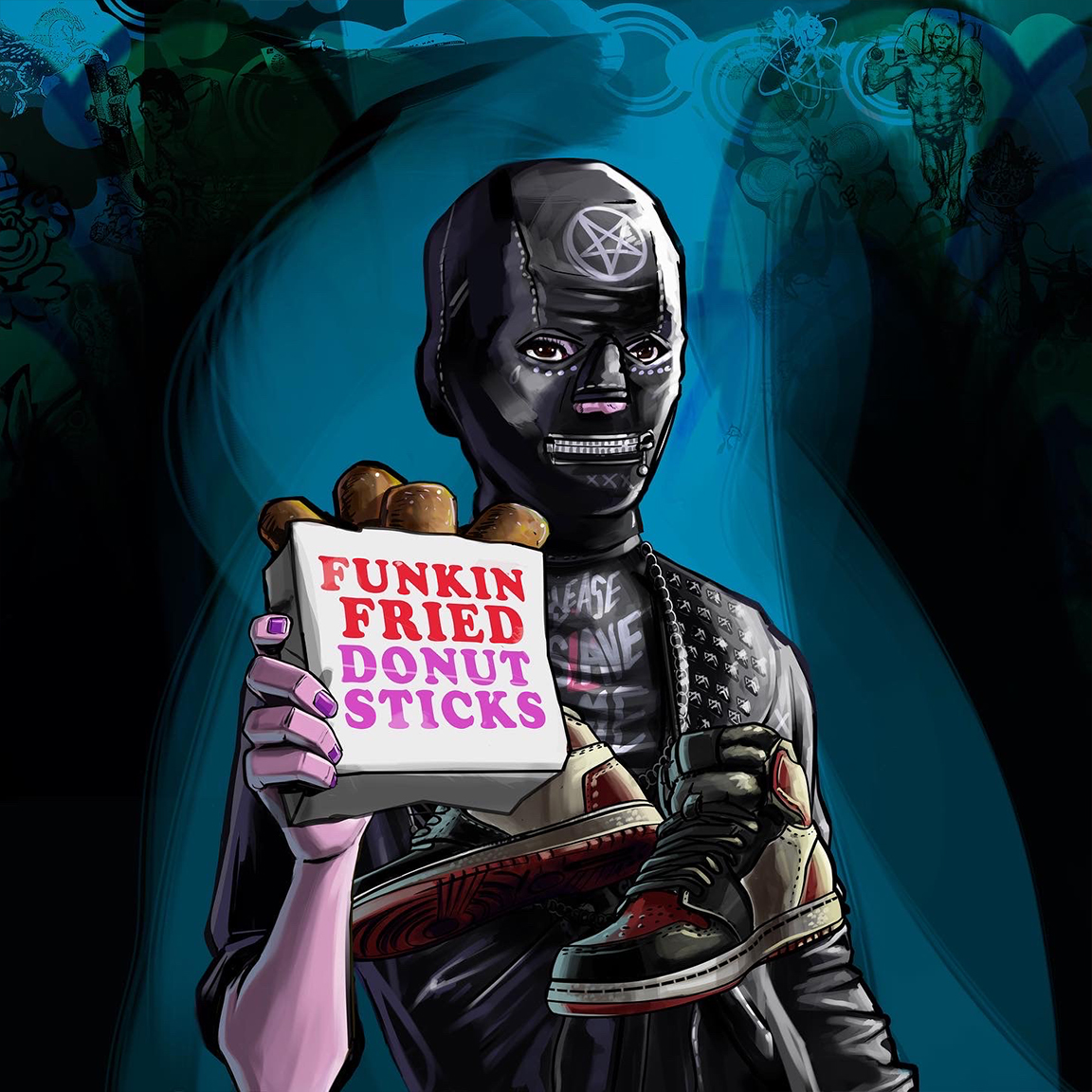
"I think [NFTs] are reorganising the art market," says Bliss as he contemplates the impact of non-fungible tokens on art and artists' lives. "For example," he explains, "digital art used to be completely secondary real life art and now digital art is more valuable than a lot of the in real life paintings that people do."
There are artists creating high art, such as Beeple, in the NFT space but a lot of successful NFTs have a cartoon aesthetic. In Bliss' view NFTs are a burgeoning art movement that will be reflected upon differently in years to come. "I still think this will be an art movement at some point," he says. "In the future it will be recognised as a movement like the impressionists."
After a moment of reflections on how NFT's are revolutionising art, Bliss concludes: "It's a whole new form of pop art, you know, I'm sure Warhol would have loved NFTs."
04. Cut out the middleman
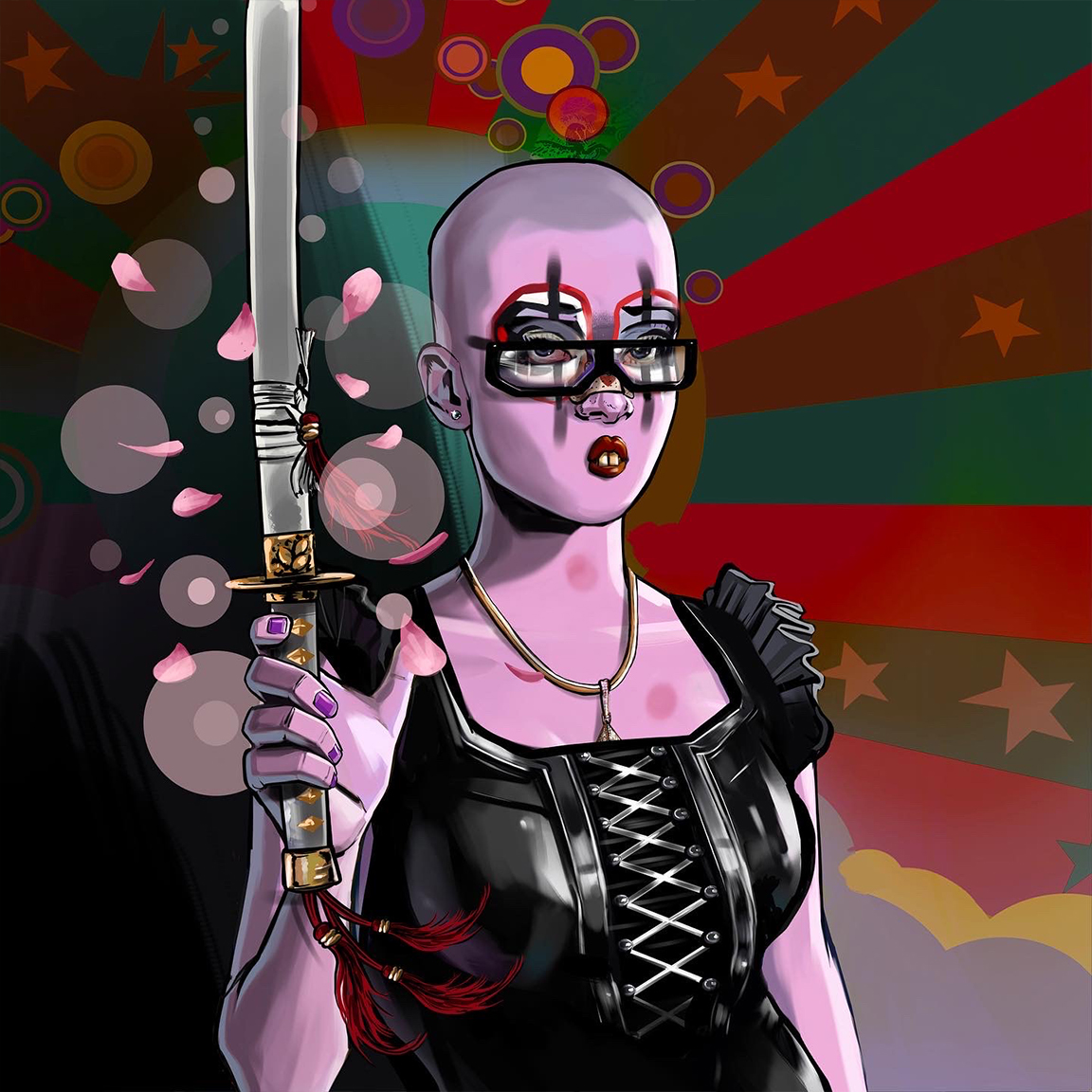
Bliss says he loves the practical applications and uses for NFTs and how they put power into artists' hands. Non-fungible tokens can give creators a new-found ability to own their work and decide how to share their NFT art.
"You can cut out the middleman," he tells me. "If you're a musician you can cut out the label, if you're an artist you can cut out the galleries. Instead of having to pay a gallery 50% you can keep the money for yourself. If you're a musician, you can keep the biggest cut for yourself if you sell your own NFT."
He reflects: "Every day I was pretty much working on what I wanted, which was a huge luxury. If I wanted to make something weirder, or if I wanted to have them stuck in a pacifier with a blowfish in his hand… If I find that that's what I fancy painting through the day, then that's what it will do."
05. Learn to love Discord
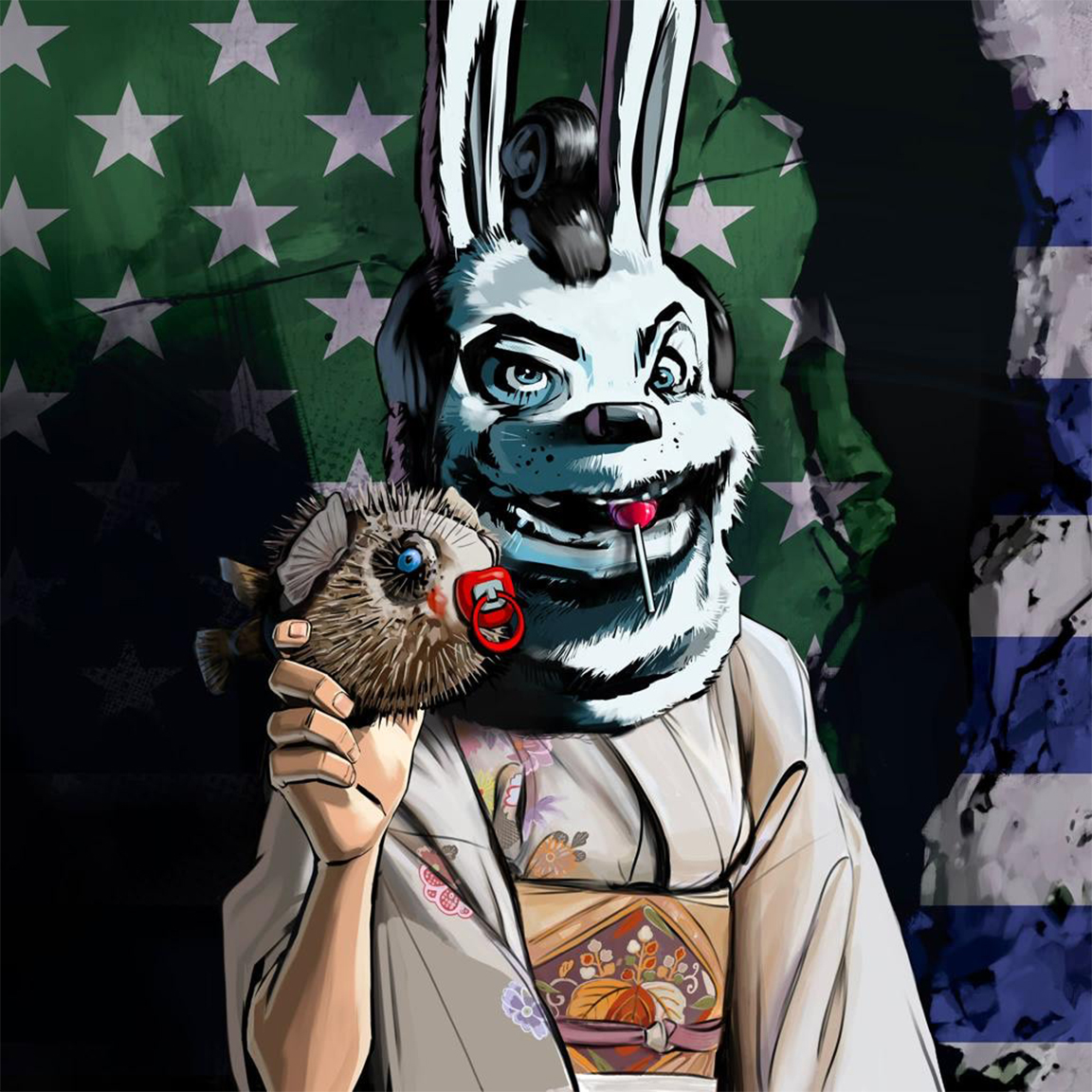
Bliss says he had to learn and adapt to some of the modern aspects of launching an NFT, such as joining social platforms like Discord – "it's a weird place" – and embrace the community, and its views. For Bliss this is a double-edged sword. He loves the froth hearing from fans and the democracy it brings to art, but isn't someone who takes criticism well.
"Some people can be really, really nice," he tells me, "while others can be really critical and rude. And it doesn't just doesn't go well, my personality. Or I would imagine any artist's personality… I've actually been banned now from discord by my team, because I got so upset."
If you need to learn more how you can use Discord better, take a look at our social media tips for artists. We also have this guide to how to make social media work for you.
06. You need to plan ahead
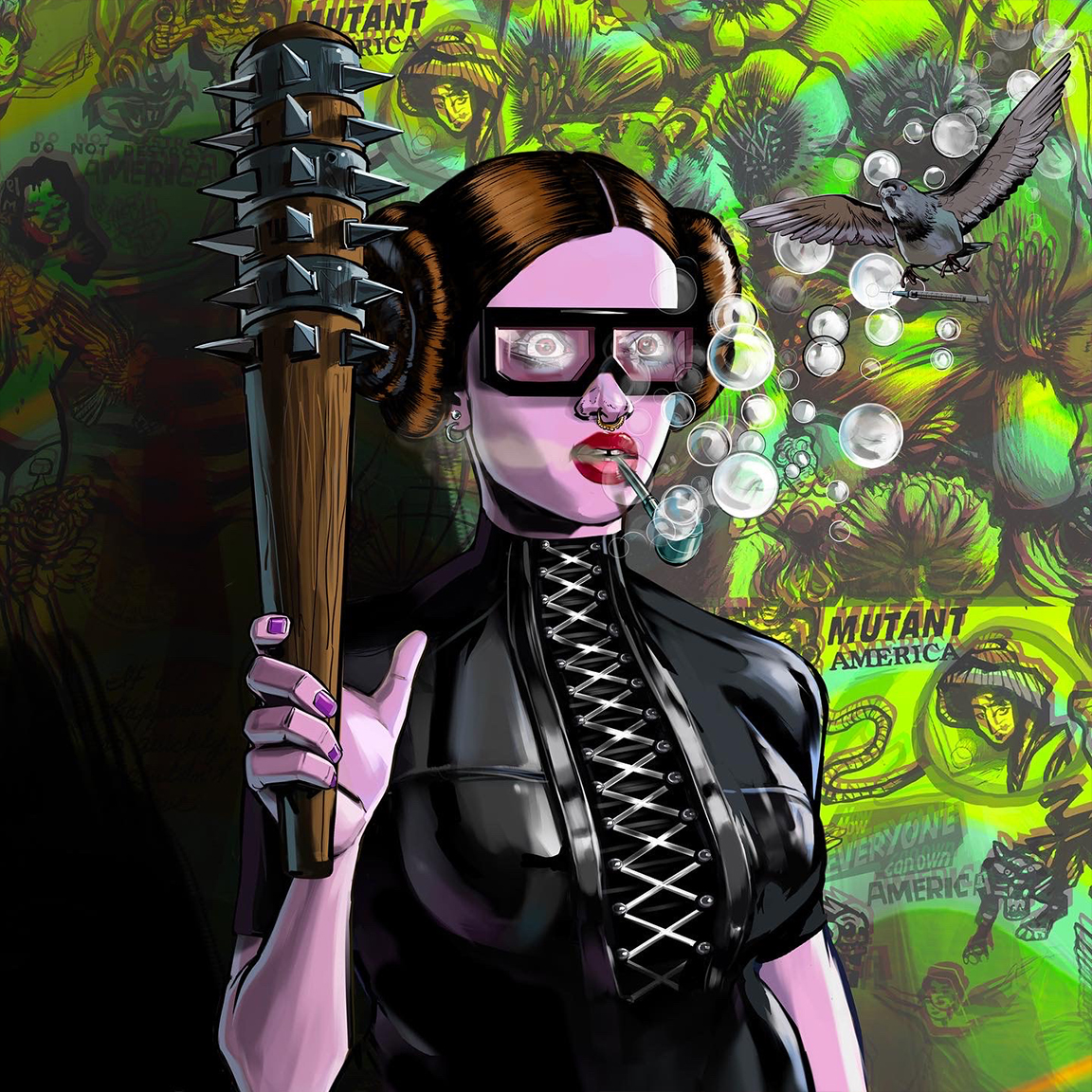
"I see an NFT collection as selling shares in a company to employ people," states Bliss. He has some big plans for Fear City, including to release six comic books all with individual styles to tell the origin stories. He says: "I want to be able to pay six famous artists to do one each […] so this year, we have big plans for spending some money on developing the property."
The danger, shares Bliss, is new NFT projects release the art, the character, and the non-fungible token and then begin planning the extended content as an afterthought. Fear City has been planned as a broad project of connected media from the outset, and Bliss has already mapped our back stories and future projects.
You can fund out more about why utility matters for non-fungible tokens in our NFT tips for beginners feature.
07. Compromise a little
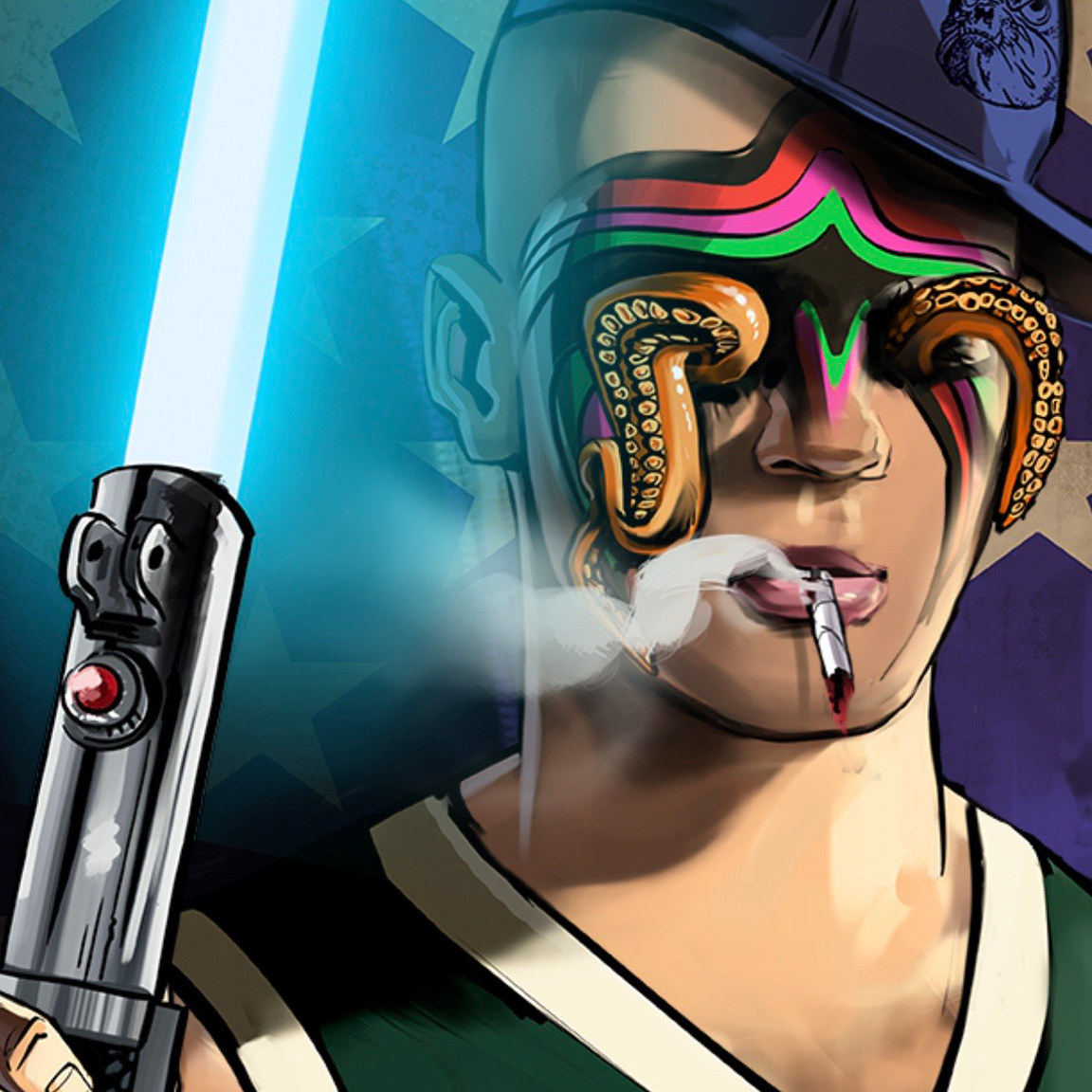
"Yeah, we sold it exactly the wrong time," laughs Bliss as he reflects on the recent downturn in NFT sales. "We've dropped at the wrong time. You know, this is the bottom of the market, which is really sad."
He is, of course, referring to the recent Crypto crash that saw the value of NFT crypto currencies drop and with it the value of the art. This has led Bliss to reflect on his work for Fear City and wonder if a little compromise would have seen the project released earlier.
He spent the last year of his life to creating the six characters for Fear City, including the biographies because he wanted to do something no one else was doing. It took a long time and the market forces took over. "So there's a lesson there somewhere," he observes. "I don't know, to just compromise a little bit."
Read more:
- How to make and sell an NFT
- 10 NFT trends that could change the world
- The best NFT displays

Thank you for reading 5 articles this month* Join now for unlimited access
Enjoy your first month for just £1 / $1 / €1
*Read 5 free articles per month without a subscription

Join now for unlimited access
Try first month for just £1 / $1 / €1

Ian Dean is Editor, Digital Arts & 3D at Creative Bloq, and the former editor of many leading magazines. These titles included ImagineFX, 3D World and video game titles Play and Official PlayStation Magazine. Ian launched Xbox magazine X360 and edited PlayStation World. For Creative Bloq, Ian combines his experiences to bring the latest news on digital art, VFX and video games and tech, and in his spare time he doodles in Procreate, ArtRage, and Rebelle while finding time to play Xbox and PS5.
